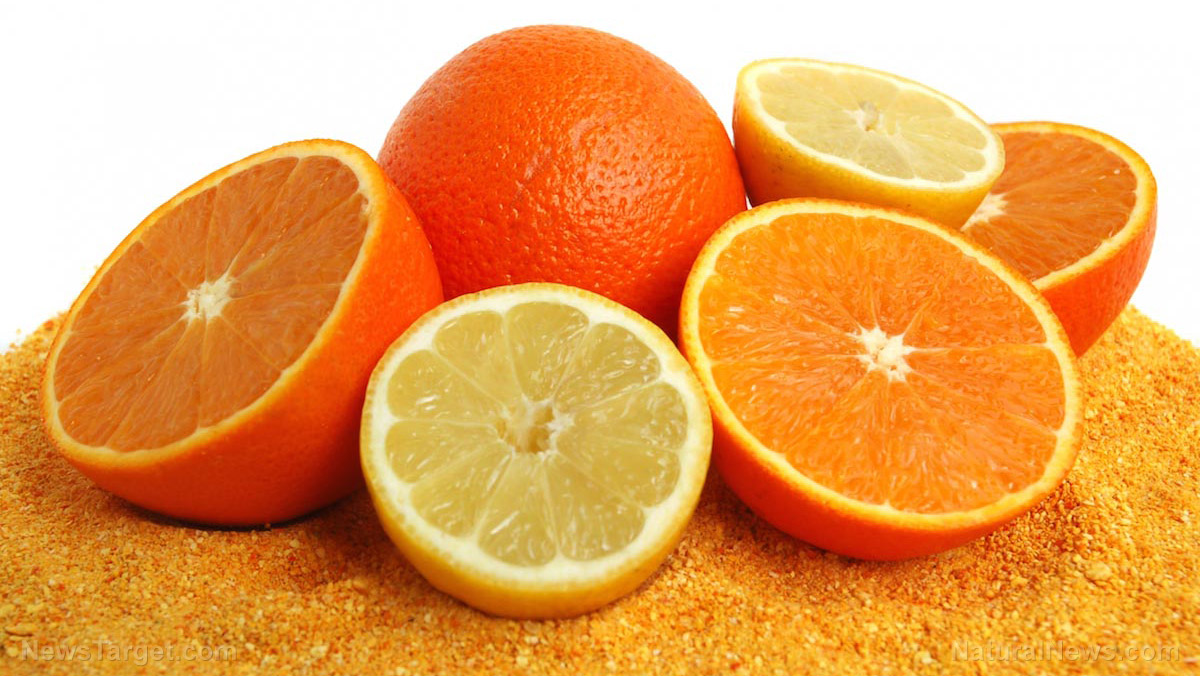Can five-flavor berry help in treating sleep problems?
05/16/2019 / By Janine Acero

Sleep is your body’s way of recuperating from the day’s stresses. Even animals need sleep to allow their bodies to recover lost energy. Sleep disorders, therefore, pose a significant problem in the overall health of a person. Fortunately, traditional healers have used herbal medicines since ancient times to address sleep troubles naturally.
Researchers at the Sun Yat-sen University in Guangzhou, China focused on a widely used natural sleep aid, Schisandra chinensis, to evaluate the neuroactive effects of its ethanol extract and its two main lignin components, schisandrin and schisandrin B. They determined the underlying mechanisms using zebrafish behavioral profiling. Their findings were published in the Chinese Journal of Natural Medicines.
S. chinensis, commonly known as five-flavor berry, is an herbal medicine that has been used in traditional Chinese medicine (TCM) to address sleep problems. In the study, the Chinese researchers used zebrafish, whose sleep-wake behavioral profiling provides a high-throughput platform to screen chemicals.
The researchers found that the ethanol extract of S. chinensis conferred bidirectional improvement in the resting behavior and activity of zebrafish. They also found that schisandrin and schisandrin B both acted as sedative and active components.
Using a database of zebrafish behaviors, the researchers predicted that the schisandrin components affected the serotonin pathway, while the ethanol extract affected the serotonin and dopamine pathways. They confirmed these predictions in experiments using Caenorhabditis elegans, a species of roundworm.
The researchers concluded that the main lignin components of S. chinensis exhibited neuroactive effects on zebrafish by affecting the serotonin and dopamine pathways. They also concluded that behavioral profiling can be used to predict the molecular pathways of other TCM extracts and their components.
No more sleepless nights with this superberry
Five-flavor berry is a well-known TCM herb for sleep problems, overshadowed in popularity only by ginseng, another herbal sleep aid. However, some people find that this adaptogen may be safer and more effective in addressing sleep problems than ginseng.
A study published in the Journal of Ethnopharmacology evaluated the hypnotic and sedative effects of S. chinensis, which inhibited motor activity, induced sleep faster, induced deeper sleep, and extended sleep time in rats and mice, with no side effects.
Like many herbal medicines, five-flavor berry contains many phytonutrients such as antioxidants, phytochemicals, essential oils, lignans, vitamins A and C, chromium, magnesium, phosphorus, silica, and healthy fats.
This herb also contains other lignans such as schizandrol, gamma-schizandrin, and deoxyschizandrin.
As an adaptogen, S. chinensis can give you a mental and physical boost and can naturally re-calibrate your body’s harmony and balance when you are under stress.
That being said, take note that S. chinensis should not be used by pregnant women or people with peptic ulcers, epilepsy, or hypertension, without guidance from their health practitioner.
Consuming five-flavor berry
S. chinensis is called the “fruit of five flavors” due to its unique blend of sweet, salty, sour, bitter, and spicy taste all in one berry. It is used in teas, juices, tinctures, health drinks and supplements. Follow the directions below according to your preferred option of consuming this super-berry. (Related: What are the best teas for sleep?)
- Schisandra tincture – 20-30 drops daily.
- Schisandra powder – 3 g daily.
- Schisandra tea – Steep 3 g in hot water for 40-60 minutes.
- Schisandra supplement – 1-3 g in pill form with meals.
You can also substitute or fortify your milk with five-flavor berry for a more effective sleep aid.
Midnight milk powder
You will need:
- ¼ cup powdered ashwagandha
- ¼ cup powdered five-flavor berries
- 1 cup powdered rose petals
- 1 tsp ground cinnamon
- 1 tsp ground nutmeg
Directions: Blend all the ingredients together and store in an airtight container until you are ready to use.
Midnight milk
You will need:
- 1 cup milk or plant/nut milk
- ¼-1 tsp midnight milk powder (see recipe above)
- Honey
Directions:
- In a small saucepan, heat 1 cup of milk until warm. Do not scald or cook the milk.
- Pour the warm milk into a mug, and stir in ¼-1 teaspoon of midnight milk powder (as desired).
- Sweeten with a little honey. Drink in the evening before bedtime or as part of a bedtime snack.
Sources include:
Tagged Under: adaptogen, alternative medicine, brain function, dopamine pathway, five-flavor berry, functional food, herbal medicine, Herbs, insomnia, natural cures, natural medicine, neuroactive effects, relaxation, remedies, Schisandra chinensis, serotonin pathway, sleep, sleep aid, sleep disorders, traditional Chinese medicine, zebrafish
RECENT NEWS & ARTICLES
COPYRIGHT © 2017 MIND BODY SCIENCE NEWS



















